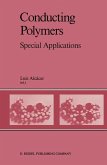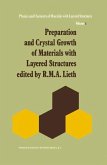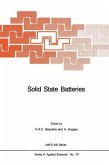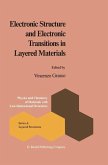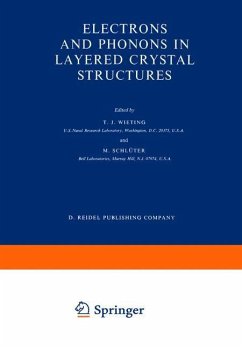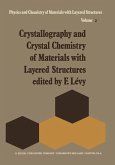This volume aims at bringing together the results of extensive research done during the last fifteen years on the interfacial photoelectronic properties of the inorganic layered semiconducting materials, mainly in relation to solar energy conversion. Significant contributions have been made both on the fundamental aspects of interface characteristics and on the suitability of the layered materials in photoelectrochemical (semiconductor/electrolyte junctions) and in solid state photovoltaic(Schottky and p-n junctions) cells. New insights into the physical and chemical characteristics of the contact surfaces have been gained and many new applications of these materials have been revealed. In particular, the basal plane surface of the layered materials shows low chemical reactivity and specific electronic behaviour with respect to isotropic solids. In electrochemical systems, the inert nature of these surfaces characterized by saturated chemical bonds has been recognized from studies on charge transfer reactions and catalysis. In addition, studies on the role of the d-band electronic transitions and the dynamics of the photogene rated charge carriers in the relative stability of the photoelectrodes of the transition metal dichalcogenides have deepened the understanding of the interfacial photoreactions. Transition metal layered compounds are also recognized as ideal model compounds for the studies Involving surfaces: photoreactions, adsorption phenomena and catalysis, scanning tunneling microscopy and spectroscopy and epitaxial growth of thin films. Recently, quantum size effects have been investigated in layered semiconductor colloids.
'This volume contains several excellent chapters and is a valuable source book for an overview and for references to the work on photovoltaic and photoelectrochemical applications of two-dimensional materials. It can be recommended to libraries and researchers who work with layered semiconductors.' Journal Am. Chem. Soc. 114:20 1992



